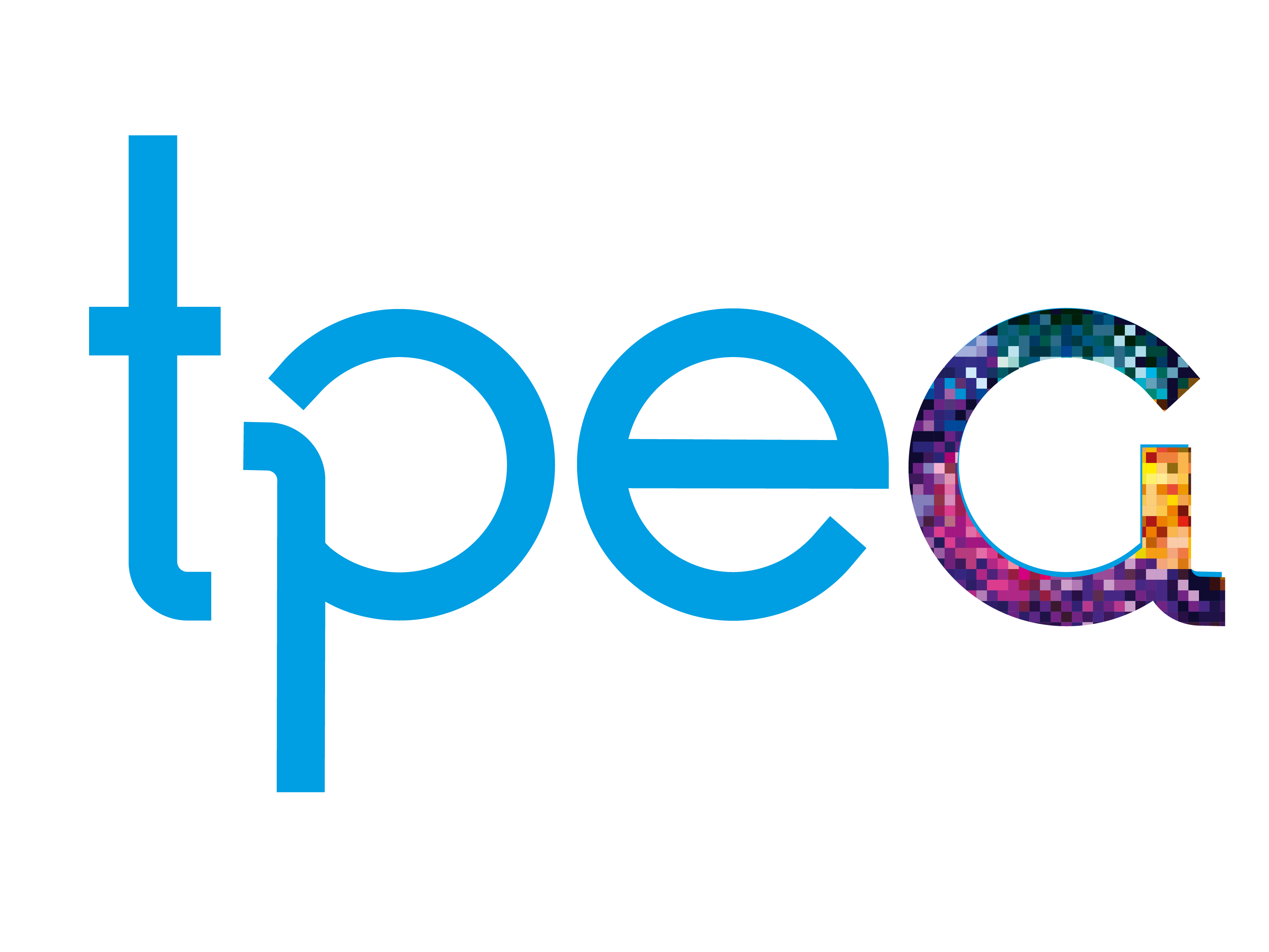Robert (Rob) Lambert is a Senior Lecturer and Course leader working in the Faculty of Arts, Science and Technology at The University of Northampton since 2017. He works in the Games Art & Design course team to design, teach and manage the university’s Games provision whilst working on live digital client projects. His role is mainly focussed on the use of Game development software and production methodologies to develop employable graduates for the Computer Games Industry.
Do students establish a better understanding of assessment standards and expectations after collaboratively designing their own assessment using Agile Scrum methodology?
As the UK HE student pool continues to grow and diversify, student – tutor interaction and student understanding of assessments has decreased, resulting in the fairness, suitability and transparency of assessments within Higher Education to be questioned. This has led to more emphasis on involving students within their own learning experiences. Students as Partners principles have been used to find ways of improving pedagogy by enabling students and academics to collaborate in the design of aspects of assessment, curriculum, teaching and learning activities. However, this approach faces many challenges involving collaboration which could benefit from the additional support of workplace agility. Agile methodologies which are commonly associated with the I.T development sector empower their users with decision-making powers and shared responsibility during production periods. By including members of the team in project estimation, progress reporting and product evaluation this approach creates a more transparent working environment for its users and shares accountability amongst the entire workforce.
As a result of introducing, exploring and adopting the processes of the most popular Agile methodology in the I.T development industry ‘Agile Scrum’, existing undergraduate students were able to collaborate more effectively to design their own assessment which suitably fulfilled QAA guidelines. Additionally, with the facilitation of their tutor the process improved students’ overall understanding of assessment standards and the expectations placed upon them for future submissions.
Useful references for Students as partners:
Healey, M., Flint, A. & Harrington, K. (2014) Engagement through partnerships: students as partners in leaning and teaching in higher education. York:HE Academy
https://www.advance-he.ac.uk/knowledge-hub/engagement-through-partnership-students-partners-learning-and-teaching-higher
Bovill, C., A. Cook-Sather, P. Felten, L. Millard, and N. Moore-Cherry. (2016). “Addressing Potential Challenges in Co-Creating Learning and Teaching: Overcoming Resistance, Navigating Institutional Norms and Ensuring Inclusivity in Student-Staff Partnerships.” Higher Education 71: 195–208.
https://www.researchgate.net/publication/276417578_Addressing_potential_challenges_in_co-creating_learning_and_teaching_overcoming_resistance_navigating_institutional_norms_and_ensuring_inclusivity_in_student-staff_partnerships
Useful references for Agile Scrum:
Agile Alliance (2021) Scrum. Agile Alliance [Online] Available from: https://www.agilealliance.org/glossary/scrum/ [03/02/21]
https://www.agilealliance.org/glossary/scrum/#q=~(infinite~false~filters~(postType~(~’page~’post~’aa_book~’aa_event_session~’aa_experience_report~’aa_glossary~’aa_research_paper~’aa_video)~tags~(~’scrum))~searchTerm~’~sort~false~sortDirection~’asc~page~1)
Schwaber, K & Sutherland, J. (2007) What is Scrum? Scrum Alliance [Online] Available from: https://downloadcentercdn.sdl.com/webexlt/Scrum%20Training/whatIsScrum.pdf [31/03/2021]
https://downloadcentercdn.sdl.com/webexlt/Scrum%20Training/whatIsScrum.pdf







